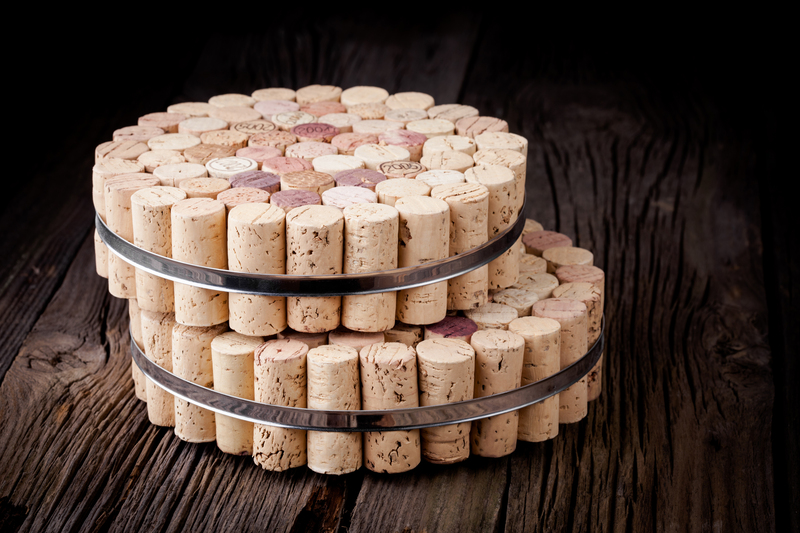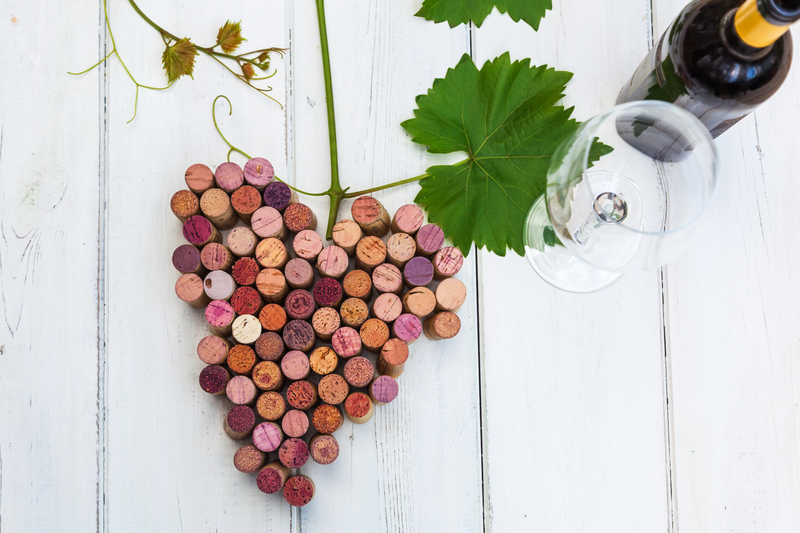Eco-Friendly Options for Disposing of Pots and Pans
Proper disposal of kitchen items is becoming increasingly important as we aim for a greener planet. If you've recently upgraded your cookware, or are simply decluttering your kitchen, you might be wondering what eco-friendly options for disposing of pots and pans are available. Rather than sending old cookware to a landfill, there are responsible and sustainable alternatives you can consider. Let's dive into comprehensive, engaging, and Google-friendly advice for environmentally-safe disposal of your pots and pans!
Why Eco-Friendly Disposal Matters
With the growing problem of global waste, it's essential to shrink our household's environmental footprint. Traditional cookware can take hundreds of years to decompose in landfills, and many pans contain materials or coatings that can be harmful if not disposed of properly. Making the right choice not only helps the planet but also encourages manufacturers to adopt more sustainable practices.
- Reduces landfill waste
- Minimizes environmental toxins and pollution
- Promotes a circular economy
- Supports charitable causes and local communities

Different Types of Pots and Pans: How Disposal Varies
Before choosing an eco-friendly cookware disposal method, it's crucial to consider the material of your pots and pans:
- Stainless Steel and Aluminum: Both metals are highly recyclable and valued at most recycling centers.
- Cast Iron: Durable and fully recyclable, but its high weight may impact recycling options in some areas.
- Nonstick (Teflon-coated) Pots and Pans: Require special handling due to chemical coatings.
- Copper and Ceramic: Can sometimes be recycled but usually need special processing.
Eco-Friendly Ways to Dispose of Old Pots and Pans
1. Recycling Pots and Pans
Recycling is one of the best sustainable ways to dispose of metal cookware. Here's how you can do it:
- Check the material: Recycling centers often accept steel, aluminum, and sometimes copper.
- Separate removable parts: Take off plastic handles or non-metal attachments if possible.
- Locate your local scrap metal recycler: Many municipal recycling programs or scrap yards accept cookware, especially if it's 100% metal.
- Consult your municipality: If unsure, check your city's recycling guide or call the waste management facility for details.
2. Repurposing and Upcycling Old Cookware
If your cookware has seen better days but isn't entirely unusable, consider upcycling or repurposing it. Here are some creative ideas:
- Planters: Turn deep pots or pans into unique containers for flowers and herbs.
- Birdbaths or Feeders: Shallow pans can serve as the basin for a rustic garden watering spot.
- Wall Art: Old cast iron skillets or copper pots make striking kitchen or garden decorations when mounted on walls.
- Organizers: Use small pans to hold screws, tools, or craft materials in your garage or workspace.
- Candle Holders or Lamps: With a few DIY skills, turn pans into vintage light fixtures or candle stands.
3. Donating Usable Pots and Pans
Donation is a truly eco-friendly way to extend the life of your cookware. If your pots and pans are still functional (no broken handles, warping, or excessive rust), consider giving them to:
- Charitable Thrift Stores: Organizations like Goodwill or Salvation Army gladly accept cookware in good condition.
- Local Shelters: Homeless or women's shelters often need extra kitchenware.
- Food Banks or Community Kitchens: Support organizations serving food to those in need.
- Colleges or Dormitories: Students and first-time renters are often in need of kitchen essentials.
4. Selling Secondhand Cookware
If your cookware is high-end or lightly used, selling can be a lucrative and eco-friendly disposal method. Try:
- Online Marketplaces: Platforms like Facebook Marketplace, Craigslist, or eBay are popular.
- Garage Sales: Perfect for selling multiple kitchen items.
- Consignment Shops: Specialty stores may sell quality brands on your behalf.
*Make sure to highlight any brand names (like Le Creuset, All-Clad, etc.), as these are often in demand.*
5. Manufacturer Take-Back Programs
Some cookware companies offer take-back or recycling programs where they accept old pots and pans for reuse or recycling. Examples include:
- TerraCycle: Partners with brands for mail-in recycling.
- GreenPan: Offers a cookware recycling program for certain models.
Check the brand's website or reach out directly to learn about eco-friendly cookware disposal programs.
6. Eco-Friendly Specialty Recycling Events
Many towns hold periodic household recycling or hazardous waste drop-off events, accepting items like old kitchenware that curbside programs might reject. Look for events at:
- Municipal recycling centers
- Local waste management facilities
- Community clean-up days
How to Dispose of Nonstick and Teflon-Coated Pans Sustainably
Nonstick cookware (such as those with PTFE or Teflon coatings) requires special handling for eco-friendly disposal. These coatings release toxic chemicals if destroyed by incineration. Here's what you need to know:
- Never throw nonstick pans in regular curbside recycling or landfill bins.
- Ask your local recycling center about acceptance and processing specifics.
- If not accepted, seek hazardous waste disposal events.
- Check if the manufacturer offers a mail-in or take-back recycling program.
The Life Cycle of Cookware: How to Buy Green for the Future
Choosing eco-friendly upkeep and disposal methods is only part of the equation. Buying sustainable pots and pans in the first place helps reduce your future environmental impact. Look for:
- Products made from recycled or upcycled metals
- Recyclable materials: Stainless steel or cast iron
- Brands offering lifetime warranties
- Cookware free from toxic coatings or plastics
- Manufacturers committed to recycling and sustainability initiatives
Additional Tips for Green Kitchen Clean-Outs
- Gather Multiple Items: Doing a full kitchen review at once cuts down on trips to recycling centers or donation shops.
- Split Items by Material: Makes recycling easier and more efficient.
- Spread the Word: Share your recycling or upcycling experience to encourage others locally.
- Contact Local Artisans: Artists and blacksmiths sometimes seek scrap metal or old cookware for art or projects.

FAQs: Eco-Friendly Disposal of Pots and Pans
Can I put cookware in my curbside recycling bin?
Most cities don't accept pots and pans in standard curbside recycling. The best method is to take them directly to a scrap metal recycling facility.
What about glass lids or plastic handles?
Separate glass and plastic parts if your recycling center requires it. Glass cookware lids may require drop-off at specialty glass recycling locations.
Are worn-out nonstick pans hazardous?
*Yes, old nonstick pans can leach chemicals if they're deteriorating.* Always dispose of them at a facility equipped to handle hazardous household waste.
Can pots and pans be reused for charity?
Absolutely! Organizations welcome gently-used kitchenware, which can be a valuable resource for families or individuals starting out.
Conclusion: Your Role in the Eco-Friendly Disposal of Pots and Pans
Being mindful about eco-friendly options for disposing of pots and pans is a positive step towards waste reduction and environmental stewardship. Whether you choose to recycle, donate, upcycle, or participate in take-back programs, your actions make an impactful difference. By prioritizing sustainability both in disposing of and purchasing your cookware, you join a growing movement committed to green living and a healthier planet.
Ready to make a change? Gather up those unused pots and pans today and choose a greener future for your kitchen and the environment!
